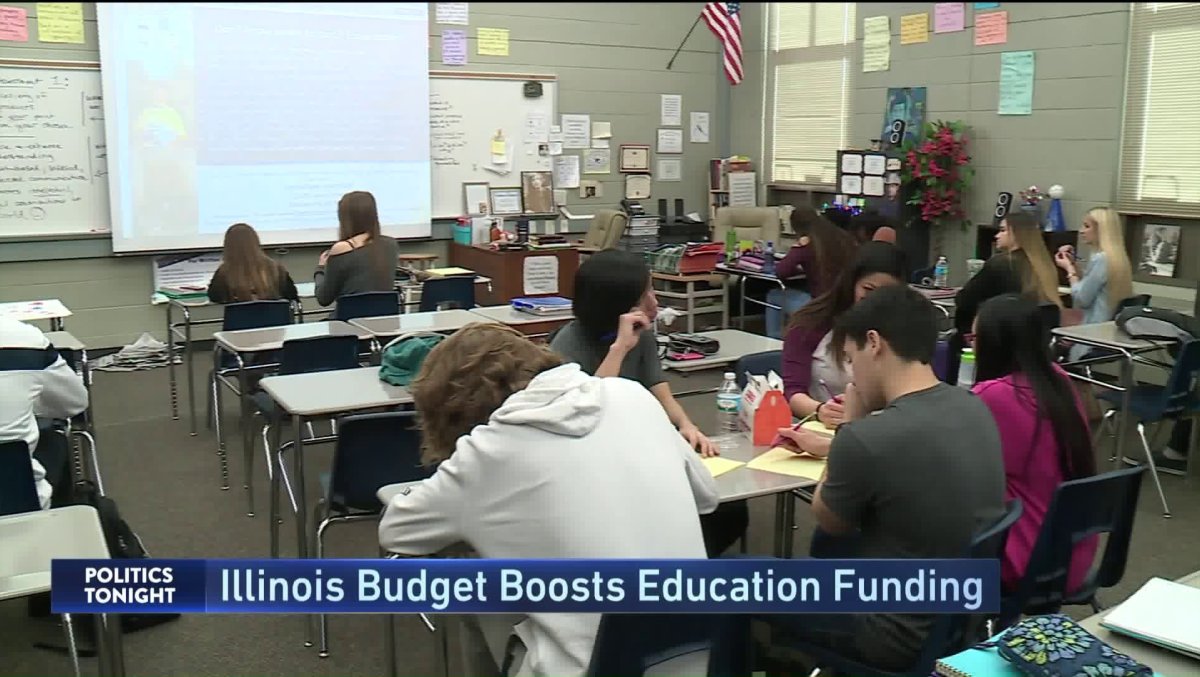While declining fertility rates have implications for the entire U.S. economy, the education sector will be among the first to confront its consequences.
The US has always experienced higher fertility rates than other western nations. However, this has slowly changed over the last decade. Since 2008 after the recession, the total fertility rate, which is a measure of lifetime fertility has decreased significantly. There were only 5.7 million children birthed between 2008 and 2018. If the fertility rate would have remained as steady as in the 2000s, the number of children would have increased by 800,000.
Fertility rates and changes in demographics
There is also the issue of demographic changes happening across the US. The non-Hispanic whites, for instance, are projected to be a minority in the 2050s. However, the demographic for those under 18 years, the projection places the non-Hispanic whites to be a minority by 2020.
Universities are the first to experience and notice these demographic changes. Across the country, the admission process is already reflecting these changes with universities now having a more diverse student composition.
From 2026, the universities will start experiencing the effect of the low birthrate. It is estimated that the number of US-born students will start seeing a huge decline should all factors remain constant.
Universities will, therefore, need to be creative in how they approach the education system. The declining numbers do not necessarily spell doom for these schools and if they plan and prepare well, they might just be able to keep the numbers constant.
Universities prepare for declining numbers
One way of doing that is ensuring that the retention rate for those students who start by undertaking a 2-year course and then proceed to take a degree is higher than the current rate.
The retention rates of first years for a 2-year school stand at 60 percent whereas 4-year school stands at 80 percent. These numbers, therefore, present an opportunity that can be expanded to ensure more students stay in school after their first year.
Competitive pricing due to the declining numbers will also be helpful for universities’ quest to meet the quotas of admission. With high competition for students, universities will be forced to be competitive in the market and this will also be very effective in keeping the numbers for these universities.
Technology will also play a major part in the future. Universities will be able to have a wider outreach to students both on-campus and off-campus. Online degrees by universities will also be a major factor in the coming years.
Reaching out to the disadvantaged students through grants and scholarships will also increase these numbers. The decline is also expected not to be severe as parents are increasing becoming more open to the idea of their children attaining at least a university education. This means that more parents will strive to put their kids into the education system, which will be positive for universities.
The first casualty of the declining population will be the education sectors particularly in Northeast and Midwest where the effects are already being felt. Anticipation for disruption, innovation and price competition is already being felt in regions experiencing these changes. This situation is expected to continue increasing pressure on higher education in the next decade.







